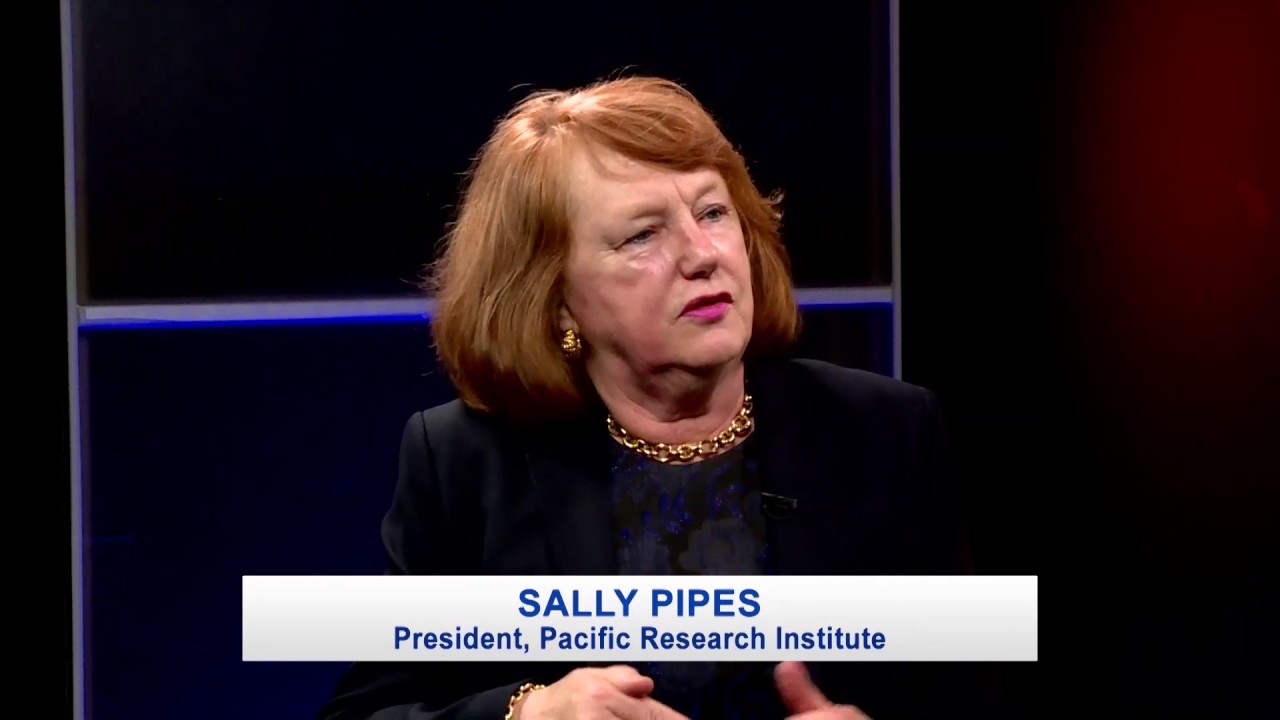By SALLY C. PIPES
Cheryl Gilarski has had enough health problems to last a lifetime.
Her troubles began two decades ago, when doctors diagnosed her with an atrial flutter, a condition that causes the heart to beat rapidly and irregularly. Years ago, she received a procedure called a cardiac ablation that restored her heart’s normal rhythm. When the flutter came back, her cardiac specialist prescribed a second ablation but told her she’d have to wait 16 months.
While she waited, Ms. Gilarski was forced to make frequent trips to the hospital to have her heart shocked back to a normal rhythm. On one of those visits, she waited 11 hours for treatment. The next day, she suffered a stroke, which left her ineligible for the ablation procedure.
Stories like these are unfortunately common in Canada’s government-run healthcare system. They are exactly why U.S. patients should resist attempts by progressives to eliminate private insurance and import Canadian-style Medicare for All to this country.
Long waits are unavoidable in single-payer systems like Canada’s. By making healthcare free, single-payer stokes demand for care. To contain costs, governments cut payments to doctors and hospitals. That leads to staff shortages and closures. Rationing of care is inevitable.
Last year, Canadian patients waited a median of 19.8 weeks to receive treatment from a specialist after getting a referral from a general practitioner. That’s more than double the median wait in 1993. In some specialties, patients can wait the better part of a year for care. The median wait for elective orthopedic surgery last year, for example, was 39 weeks from referral.
Wait times are particularly bad for the elderly. More than 2 million Canadians 55 and older report “significant barriers when accessing the health care system.” One-third of elderly patients waited more than six months for surgery, while close to one-quarter waited that long to see a specialist.
Manitoba — Gilarski’s home province — has some of the worst waits in the country.
The waitlist for cardiac surgery in Manitoba nearly doubled between late 2018 and early 2019, according to the CBC. During a single week in February, doctors cancelled 75 percent of scheduled heart surgeries in the province because of staff shortages.
Other countries with single-payer healthcare systems force their patients to endure similar waits. In England, nearly 4.5 million people were waiting for hospital care at the end of June. This past July, 275,000 emergency room patients waited more than four hours to be seen. That marks a 32 percent jump from the same time last year.
Even getting an appointment with a family doctor can be a hassle. Last October, one in five Brits waited over two weeks to see a general practitioner.
As in Canada, Britain’s National Health Service is plagued by a shortage of doctors and nurses. Low pay and long hours are driving practitioners out of medicine, and the NHS can’t recruit a suitable number of replacements. In fact, the number of fully-qualified GPs practicing in March was down from a year before.
The experiences of patients in Canada and the United Kingdom provide plenty of evidence for skepticism of a government takeover of the U.S. health insurance system. Just because the government promises free, quality care doesn’t mean they can deliver it.
[Sally C. Pipes is president, CEO, and Thomas W. Smith Fellow in Health Care Policy at the Pacific Research Institute. Her latest book is “The False Promise of Single-Payer Health Care” (Encounter). Follow her on Twitter @sallypipes. This piece originally ran in Detroit News.]












Leave a Comment
You must be logged in to post a comment.